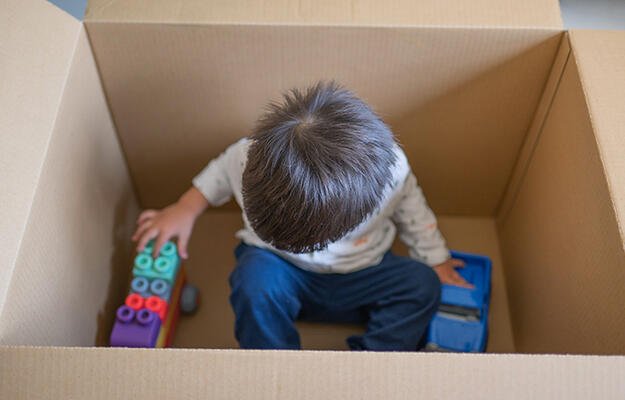
LGBTQ Youth Face Greater Risk of Homelessness as They Age Out of Foster Care
- Title:
- LGBTQ Youth Face Greater Risk of Homelessness as They Age Out of Foster Care
- Author:
-
Nicholas Forge, Robin Hartinger-Saunders, Eric Wright, Erin Ruel
- Source:
-
Child Welfare
- Publication Date:
-
2018
Youth who identify as lesbian, gay, bisexual, transgender, and questioning or queer (LGBTQ) are overrepresented among young people experiencing homelessness. Although the transient nature of the youth homeless population makes accurate estimates difficult, past research suggests LGBTQ youth make up between 20 and 40 percent of the youth homeless population. They are also overrepresented in the child welfare system, and studies have shown that LGBTQ youth are less likely to be adopted or reunited with family and are more likely to age out of foster care independently. Given that 50 percent of youth aging out of foster care experience homelessness within 18 months of exiting the foster care system, LGBTQ youth in the child welfare system are more likely to experience homelessness than non-LGBTQ youth, but little research exists to evaluate this disparity. To help understand these connections, this study analyzed the conditions and experiences of LGTBQ youth with past involvement in the child welfare system who are currently experiencing homelessness.
In 2015, Georgia State University conducted the Atlanta Youth Count, a field survey that collected demographic information on homeless and runaway youth ages 14 through 25 in the Atlanta metropolitan area. The information collected included age, race, gender, sexual orientation, gender identity, personal and family background, trauma exposure, educational status, financial and employment status, health and mental health status, health risk behaviors, involvement with child welfare and criminal justice systems, and contact with health and outreach organizations. For this study, researchers analyzed the 295 youth within the Atlanta Youth Count that reported past involvement with the child welfare system, comparing the self-reported conditions of LGBTQ-identifying youth with their heterosexual, cisgender counterparts. Within the sample, the average age was 21 years, 65 percent of youth were black and male, nearly one-third identified as LGBTQ, and 50 percent had been in the foster care system. At the time of the survey, 44 percent of respondents had been experiencing homeless for more than six months, and more than 60 percent reported being homeless two to three times during the past year. One-fifth reported a developmental or learning disability, and more than half had not finished high school.
Key findings
- When compared with their heterosexual, cisgender counterparts, a greater share of LGBTQ youth experienced the following: getting kicked out of their homes (33 percent compared with 20 percent); being homeless for more than one year (32 percent compared with 27 percent); being sexually abused as a child (40 percent compared with 23 percent); getting victimized while they were homeless (51 percent compared with 34 percent).
- Seventy percent of LGBTQ youth reported consuming alcohol within a year of the survey, compared with 52 percent of non-LGBTQ youth.
- Sixty-nine percent of LGBTQ youth identified an adult friend or a professional contact rather than a family member as a source of support, compared with 55 percent of non-LGBTQ youth.
- Both LGBTQ and non-LGBTQ youth with past involvement in the child welfare system reported high rates of child abuse (66 percent of LGBTQ youth and 58 percent of non-LGBTQ youth) and exposure to violence in their home or neighborhood (66 percent of LGBTQ youth and 58 percent of non-LGBTQ youth). Both groups also reported engaging in high rates of unprotected sex (57 percent of LGBTQ and 64 percent of non-LGTBQ youth).
- Ninety-five percent of all youth reported experiencing some form of trauma.
Policy implications
- Outreach and service organizations should adopt identify-affirming and trauma-informed approaches to serve the needs of both LGBTQ youth and the broader youth population.
- Child welfare systems should implement strategic foster parent trainings on the general well-being of LGBTQ youth.
- Given the high rate of homelessness among youth involved in the child welfare system, policies should reflect the importance of developing independent living skills for all youth in the child welfare system in advance of them preparing to exit care.
- The child welfare system and homeless service providers should coordinate their services to break the pattern of homelessness and help youth aging out of foster care find stable housing.
Photo by Manuela Durson/Shutterstock


